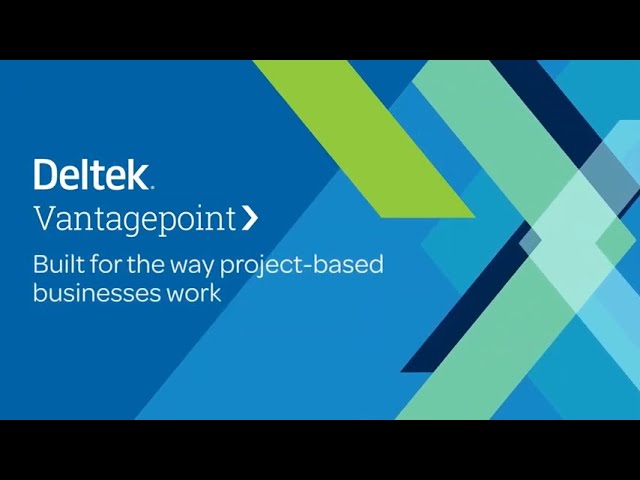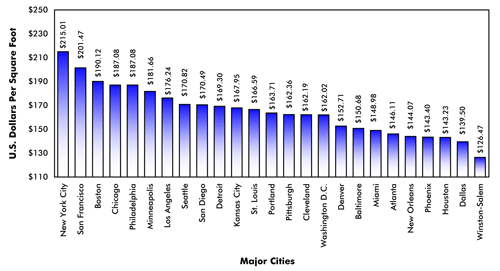Deltek Vantagepoint
Deltek Vantagepoint is a comprehensive enterprise resource planning (ERP) software designed for professional services firms. It integrates project management, accounting, and business development into a single, user-friendly platform. At EVstudio, we utilize Vantagepoint for all our accounting and project management functions, enhancing efficiency and collaboration across our teams.
To help you navigate Vantagepoint, here is a glossary of essential terms and acronyms, organized alphabetically and with a few links for additional support:
- Account Types
Categories that group general ledger accounts, such as assets, liabilities, and expenses. - Asset Management
Module for tracking, capitalizing, and depreciating company assets over time. - Billing Terms
Settings that define how invoices are generated for projects. - Business Intelligence (BI)
Tools and reports that analyze data to support informed decision-making. - Chart of Accounts (COA)
A structured list of a company’s general ledger accounts. - Client Relationship Management (CRM)
Module for managing interactions with current and potential clients. - Custom Labels
User-defined terms that replace default labels to match firm-specific terminology. - Data Dictionary
A resource detailing all data tables, columns, and indexes in the Vantagepoint database. - Deltek Cloud
Hosting options provided by Deltek, including Basic Cloud, Flex Cloud, and Enterprise Cloud. - EAC (Estimate at Completion)
Projected total cost of a project upon completion. - ETC (Estimate to Complete)
Estimated cost required to finish the remaining project work. - Fee Billing Terms
Settings that control how clients are billed for project-related fees. - Firms Hub
Centralized area for managing information about external companies and organizations. - General Ledger (GL)
The primary accounting record summarizing all financial transactions. - Invoice Approval
Workflow process for reviewing and approving invoices before sending to clients. - Key Performance Indicators (KPIs)
Metrics used to evaluate the success of an organization or project. - Labor Codes
Classifications assigned to employee work hours for billing and reporting purposes. - Milestone
Significant project event or achievement used to measure progress. - Multi-Company
Feature that allows management of multiple legal entities within a single database. - Opportunity
Potential project or business venture tracked within the CRM module. - Overhead Rate
Percentage applied to direct costs to cover indirect expenses. - Phase
A distinct segment of a project, often corresponding to a specific scope of work. - Project Budget Worksheet
Tool for entering and managing project budgets, including EAC and ETC values. - Project Management (PM)
Module for planning, executing, and monitoring project performance. - Project Plan
Comprehensive document outlining project scope, schedule, and resources. - Project Template
Predefined project structure used to standardize new project setups. - Proposal
Formal document submitted to a client outlining the approach and cost for a project. - Purchase Order (PO)
Document authorizing the purchase of goods or services. - Resource Allocation
Assignment of personnel and materials to specific tasks or projects. - Revenue Forecasting
Process of estimating future revenue based on current projects and opportunities. - Role Security
Permissions assigned to user roles, controlling access to features and data. - SQL (Structured Query Language)
Programming language used to manage and manipulate databases. - Submittal
Document or sample submitted for review and approval during a project. - Task
Specific work item within a project phase, assigned to resources. - Timesheet
Record of hours worked by employees, used for payroll and billing. - Unit Billing
Billing method based on predefined units, such as hours or materials. - User-Defined Fields (UDFs)
Custom fields created to capture additional information specific to a firm’s needs. - Vendor
External supplier of goods or services to the company. - WBS (Work Breakdown Structure)
Hierarchical decomposition of a project into phases, tasks, and subtasks. - Workflow
Automated sequence of tasks and approvals within a business process.










